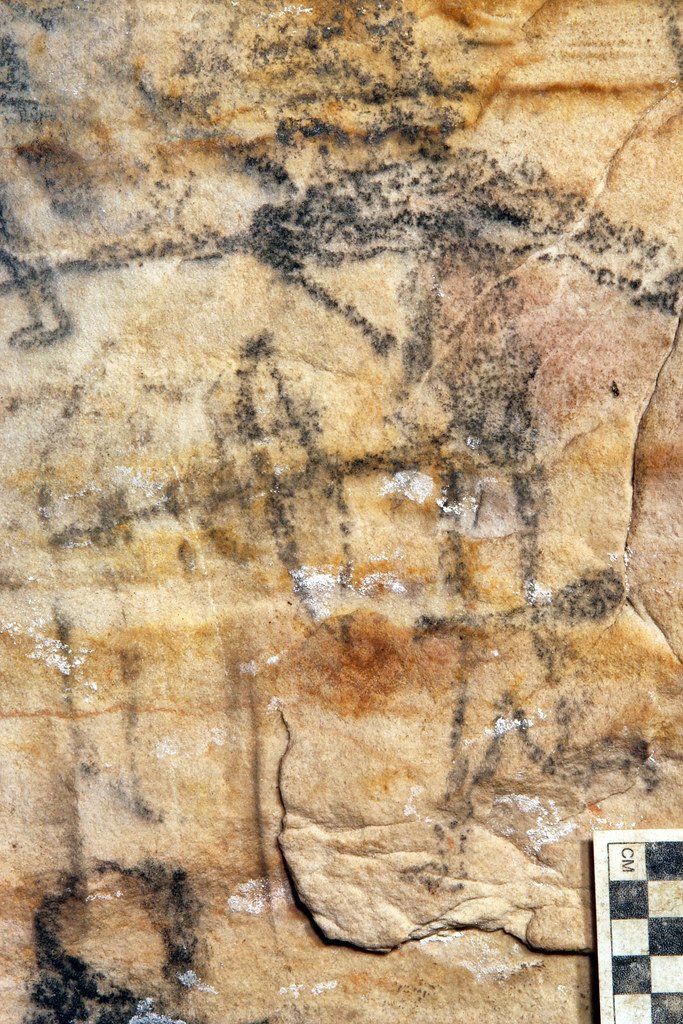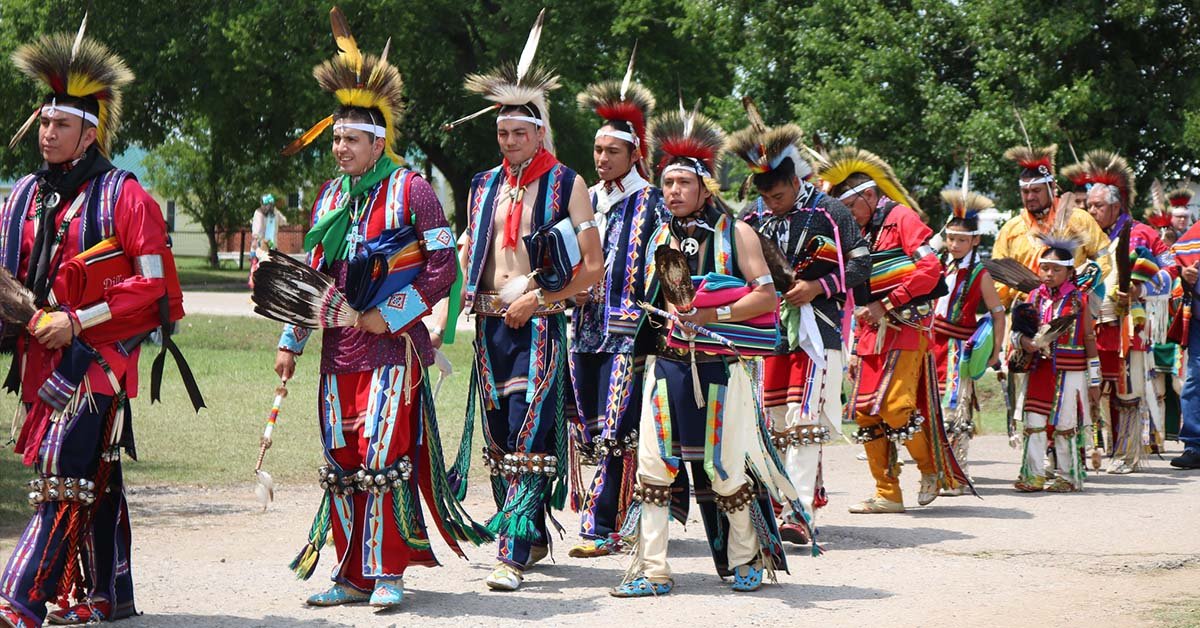
Evie Mazzone
@Evie_Calling
I copy/paste info, IMDb. As a Black American, I am a Lady, I am valuable, I am worthy, I am priceless, I am loved. We must reprogram Black America's minds.UNITY
14-02-2012 00:36:20
146,2K Tweets
1,4K Followers
1,4K Following















![Evie Mazzone (@Evie_Calling) on Twitter photo 2021-09-17 04:41:12 The scholar adds that the cave’s art, made largely with charred botanical materials, is more intricate than many other examples of ancient artwork. “[Y]ou get actual clothing details, headdress details, feathers, weapons,” she says. “It’s truly amazing.” The scholar adds that the cave’s art, made largely with charred botanical materials, is more intricate than many other examples of ancient artwork. “[Y]ou get actual clothing details, headdress details, feathers, weapons,” she says. “It’s truly amazing.”](https://pbs.twimg.com/media/E_deJ8eXoAMijgr.png)





